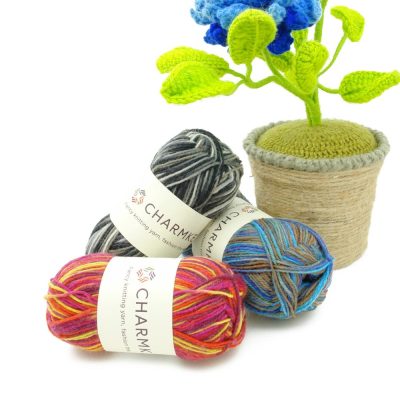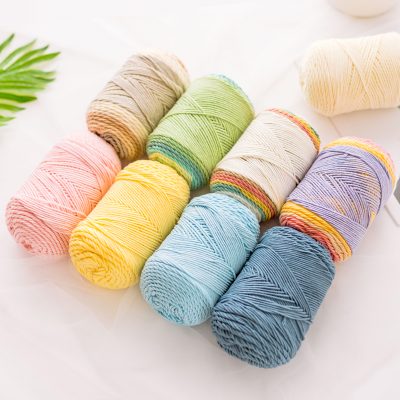1. Siro spinning
Siro spinning is also known as double-twist spinning, domestically known as A/B yarn, and later officially named Siro spinning. Siro spinning adopts double roving feeding on the spinning frame. Two roving strands kept in parallel at a certain distance are drafted by rollers in the spinning drafting zone. Two small triangles are formed at the front roller jaws, and then they are gathered together. Twist together into a yarn. Due to the transfer function of the twist, a small amount of twist has been added to the single fiber before the two strands are twisted, so the twisted yarn has a different strand style from the general single yarn. If the color spinning roving is used with the feeding, the patterned “AB” blended yarn can be spun.
The initial design purpose of Siro spinning is to be used in wool spinning. It is characterized by less hairiness, high strength, and good abrasion resistance. It can achieve the effect of single yarn weaving and realize the lightness and thinness of wool fabric. Although Siro spinning has made great improvements compared with similar conventional yarns in many aspects, there is still a long way to go before weaving wool spinning single yarns without sizing. Afterwards, wool spinning often gave up this method. Instead, it was used in blended spinning such as T/C, C.V.C, etc. It is popular because it can produce a twist effect after dyeing and has a good hand feeling. Recently, due to the improvement of hairiness problems, such as spinning some fibers that are prone to hairiness, such as viscose staple fiber, Modal, Tencel®, etc., even all cotton is produced by this method. The raw material grade used in Siro yarn is comparable to that of conventional rings. Fray spinning is low, and its fabric has less hairiness than conventional ring-spun yarn fabrics, soft hand feeling, wear resistance, and good air permeability.
4. Sirofil spinning
Sirofil spinning is developed on the basis of Sirofil spinning. Sirofil spinning feeds a filament and a short fiber roving separately and keeps it fixed between the holding points of the front traction roller. Distance, they form a triangle area, twisted together to form Sirofil composite yarn. The filament is fed directly from the back side of the front roller jaw without being drafted, and twisted into the yarn with the roving beard behind the front body.
Sirofil spinning yarn with a core structure, traditional ring spinning is made by twisting a short fiber strand into yarn; Siro spinning uses two short fiber strands to twist into yarn. The quality of the two strands is The modulus and the moment of inertia are the same; but in Sirofil spinning, a short fiber strand and a filament are twisted into a yarn, and the quality, modulus and moment of inertia of the strand and the filament are completely different of. In Sirofil spinning, a certain distance must be maintained between the filament and the beard. From the nip of the front roller to the point where the roving and the last converge, a twisting triangle will be formed. The change of the spacing will cause the shape of the twisting triangle to change. And have a certain impact on the quality of the yarn. As the spacing increases, the control effect of the twisting triangle on the floating fibers of the whiskers increases, and the hairiness index decreases. When the distance between the filament and the roving is zero, the spun yarn is the core-spun yarn, the filament is the core, and the roving short fiber is the outer fiber.
























